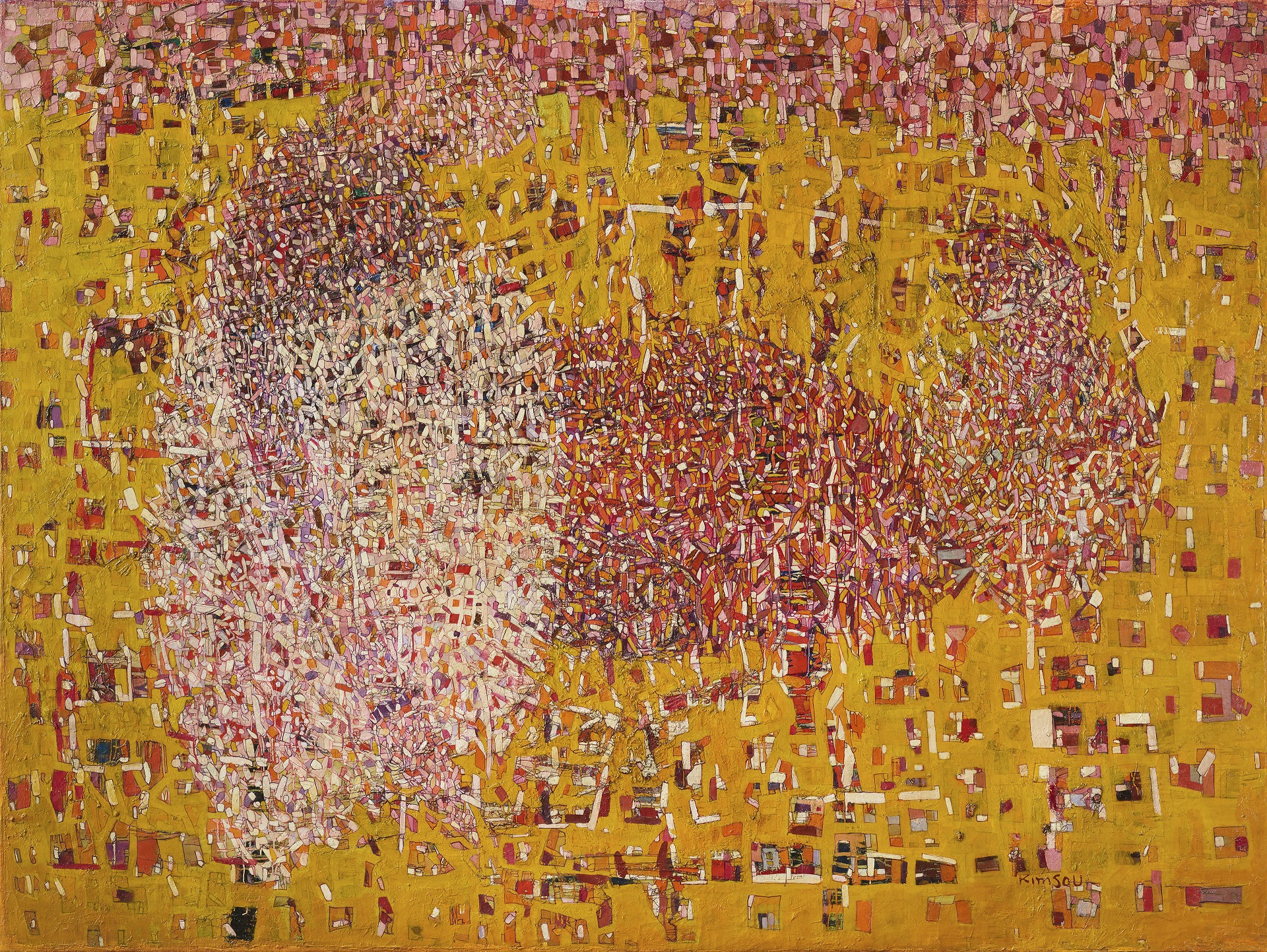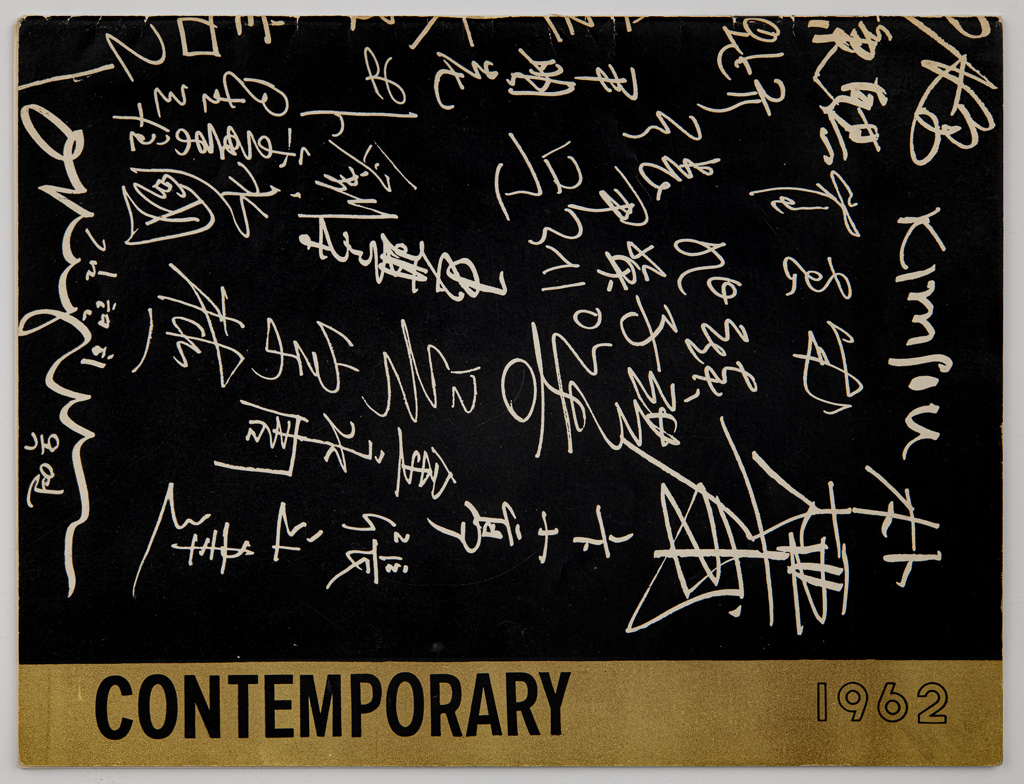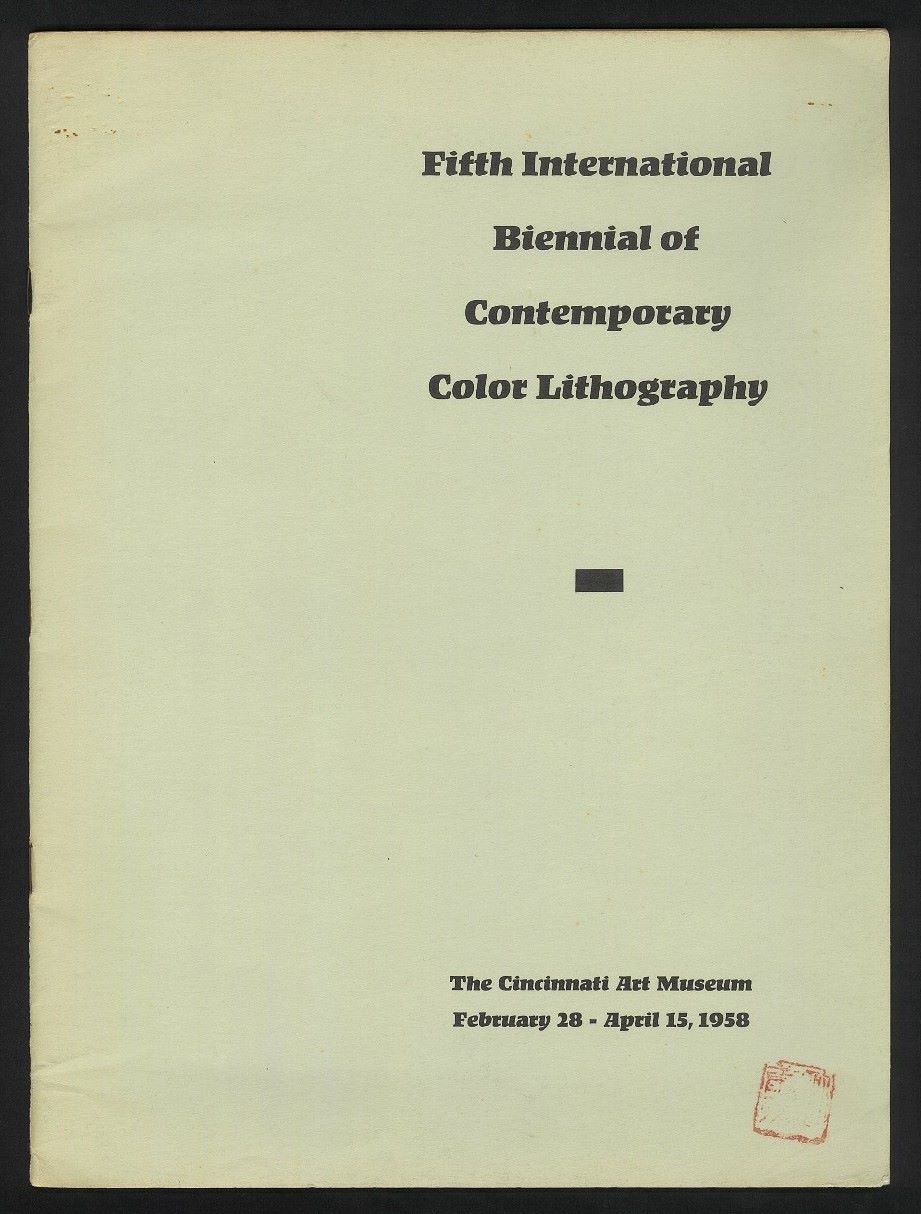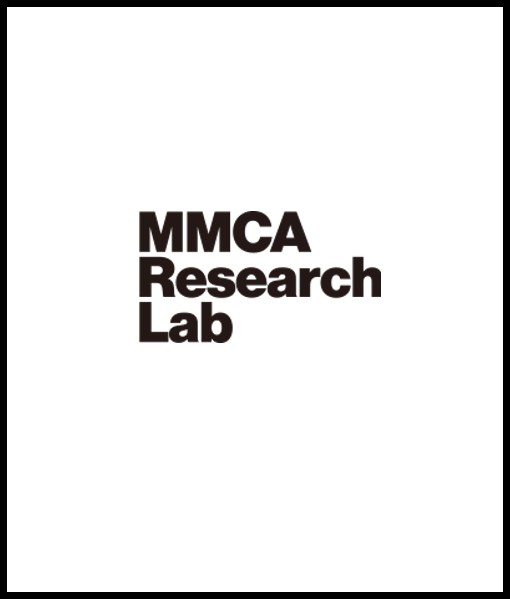
Kim Sou, Autumn, 1961, Oil on canvas, 198×260cm. MMCA collection
Kim Sou
* Source: Multilingual Glossary of Korean Art. Korea Arts Management Service
Related
-

National Art Exhibition
A government-hosted exhibition held 30 times from 1949 to 1981, also known by the shorter name Gukjeon. Following national independence, the exhibition was the primary means for young and emergent Korean artists to achieve recognition. The influence of the exhibition declined as a result of the emergence of non-figurative art during the 1970s, the increased opportunities for artists to participate in overseas exhibitions, and the rise of private exhibitions and galleries.
-

Congress for Cultural Freedom Invitational Exhibition
The first exhibition held by the Korean branch of the Congress for Cultural Freedom. The congress held numerous classes on international issues, cultural seminars, and roundtable discussions to critically discuss the idea of an "American-dominated Free West." In the field of art, the congress held contemporary art seminars and discussions in addition to the Cultural Freedom Contemporary Art Exhibition, and in doing so greatly influenced the development of Korean post-war art. Five invitationals were held from 1962 to 1966, and artists such as Kim Youngjoo, Kwon Okyon, Park Seo-Bo, Kim Kichang, Park Rehyun, Chun Sungwoo, and Chung Sanghwa participated.
Find More
-

International Biennial of Contemporary Color Lithography
The International Biennial of Contemporary Color Lithography was an international print exhibition held from 1950 through 1960 by the Cincinnati Art Museum in Ohio in the U.S. At the time, there was a printmaking boom in the U.S. sparked by the relocation of Atelier 17, a notable Parisian printmaking studio, to New York in 1940. In the 1950s and 1960s, the International Graphic Arts Society (IGAS) was founded, and several special exhibitions on prints were held, including New Expressions in Fine Printmaking: Ideas, Methods, and Materials (Brooklyn Museum, 1952). In addition, institutions for exploring printmaking, such as Pratt-Contemporaries Graphic Arts Center, Tamarind Lithography Workshop, and Universal Limited Art Edition (ULAE), were built. Under these circumstances, Gustave von Groschwitz, a curator of prints at the Cincinnati Art Museum from 1947 to 1963, organized the first biennial of color lithographs in the U.S. Only works created within two years could be submitted to the biennial, allowing two prints per artist. Korean artists had participated in the biennial since 1958. Yoo Kangyul, Kim Choungza, Choi Dukhyu, Kim Sou, Rhee Sangwooc, and Lee Hangsung took part in the fifth edition in 1958. Their participation in the biennial led to the acquisition of some works by the Cincinnati Art Museum. They were Face and Pagoda by Kim Sou, Winter by Rhee Sangwooc, and Silhouette and Buddha’s Spirit by Lee Hangsung. This marked the first overseas debut of contemporary Korean prints. In the sixth edition held in 1960, Mountain Sentiment and Revival by Lee Hangsung and Study by Bae Yoong won prizes. Starting in 1962, the International Biennial of Contemporary Color Lithography was held as a triennial and renamed International Prints.
-

Special Exhibition of Modern Korean Painting
The Special Exhibition of Modern Korean Painting was the first special exhibition to be held after the National Museum moved to the Namsan branch (former National Museum of Ethnography) in 1954 following the retreat to Busan. It was held from January 16 through March 31 to reflect on the traces and achievements of Korean modern painting for the past fifty years. It was curated by Choi Soonwoo in collaboration with Lee Kyungsung, Kim Whanki, and Chung Kyu. It featured works by Kwon Okyon, Kim Insoong, Kim Byungki, Kim Whanki, Kim Sou, To Sangbong, Ryu Kyungchai, Moon Shin, Park Kosuk, Park Deuksoon, Park Sungwhan, Park Sookeun, Park Youngseun, Son Eungsung, Song Hyaesoo, Yoo Youngkuk, Lee Kyusang, Lee Daiwon, Lee Madong, Lee Bongsang, Lee Seduk, Lee Chongwoo, Lee Joon, Chang Ucchin, Chung Kyu, Cho Byungduk, Han Mook, and Hwang Yeomsoo. During the exhibition, the museum provided a five-day lecture series on contemporary art taught by Park Kosuk, Lee Bongsang, Kim Byungki, Kim Sou, and Chung Kyu at its auditorium.






